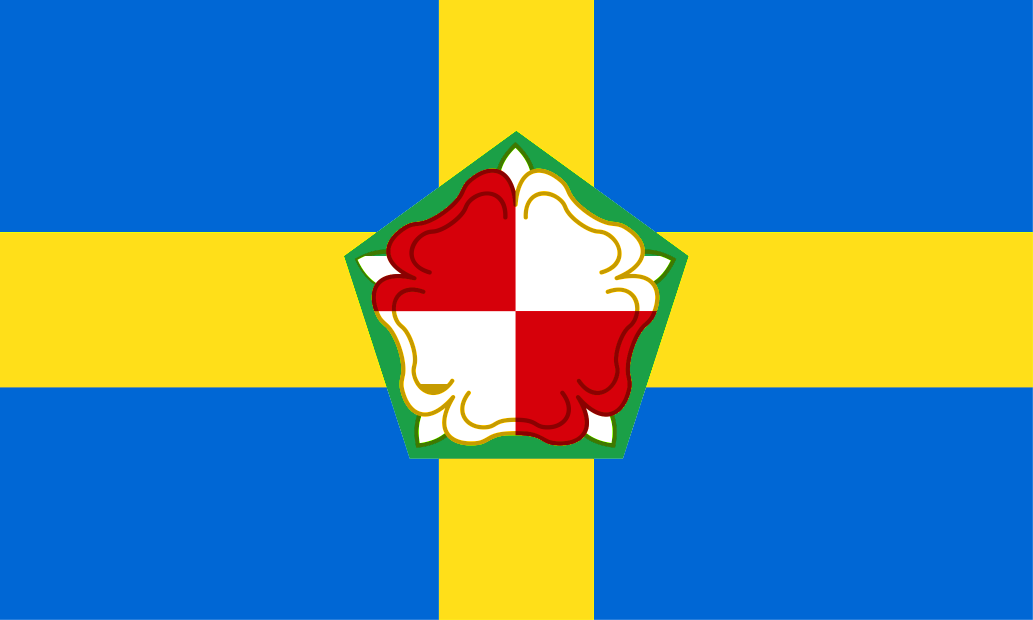Pembrokeshire (Sir Benfro) forms the south-western extremity of Wales. In the Middle Ages so many English and Flemish settlers colonised Pembrokeshire that it became known as “Little England beyond Wales”. However there is a divide in the county; the south is firmly English-speaking while the north is largely Welsh-speaking.
The long coast of Pembrokeshire is a spectacular seaboard and so famed for that it has been declared a national park. On this coast, the northern spur of Pembrokeshire is the St David’s Peninsula. Here is St David’s; a village which is a City. It has a cathedral which is said to be the biggest church in Wales, because Saint David established his monastery here in 550.
From the north, the county begins at the Teifi estuary, across which lies Cardiganshire. From there the “heritage coast” runs south to the broad sands of the Nevern mouth and Newport, then with wild cliffs and headlands (past Fishguard, a port for ferries to Rosslare) out to the westernmost headland opposite Ramsey Island.
The western part of the coast opens into a big mouth some ten miles across; St Bride’s Bay.
The southern coast of Pembrokeshire soon falls into Milford Haven, the finest natural harbour in the world according to Nelson. Milford Haven is a broad deepwater inlet, and serves two major ports; the town of Milford Haven and Pembroke Dock. The former is a major oil terminal. The Haven runs far further inland though, deep into Pembrokeshire and forming a great inland system of seawater creeks and channels in the heart of the county. The town of Pembroke (which appears to have been named after its shire, not the shire from the town) is a modest town, largely serving its port. The other major town is Haverfordwest.
Although Pembrokeshire has major industrial ports and transport, these are localised and the rest of the county is rolling countryside with small villages. Pembrokeshire is not mountainous compared with other Welsh counties. The highest ground is Prescelly (or Preseli), an individual moorland rising to 1,760 feet in the north-west of the county, above Newport.
County Facts
County Town: Pembroke
Main Towns: Fishguard, Haverfordwest, Milford Haven, Narberth, Newport, Neyland, Pembroke, Pembroke Dock, St David’s, St Dogwell’s, Tenby.
Main Rivers: Eastern Cleddau, Western Cleddau, Nevern Gwann, Solva.
Highlights: St David’s Cathedral & Bishop’s Palace; Pentre Ifan burial chamber; Pembrokeshire Coastal Path National Park; Preseli Mountains; Skomer Island.
Highest Point: Foel Cwmcerwyn, 1,760 feet.
Area: 655 sq miles
County Flower: Thrift
County Day: 1st June



